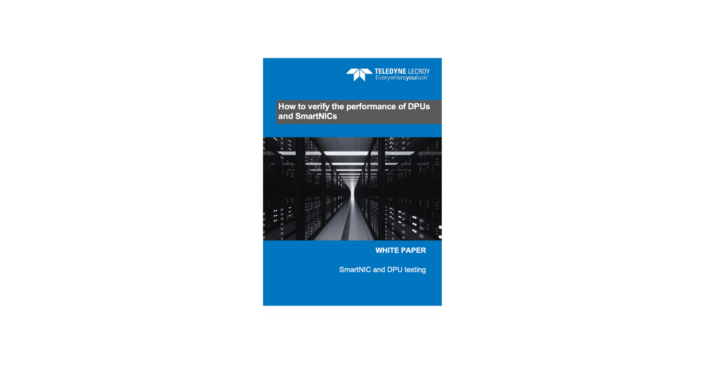
Award Winning Solutions
Xena has won multiple global awards for price/performance and technical innovation. Learn more.

Technical Expertise
Copyright © 2009-2024 Teledyne LeCroy Xena ApS, Denmark
Xena offers a selection of test modules for testing all Ethernet speeds from 10Mbps to 800Gbps.
Our range includes the latest Ethernet technology with 112G-based SerDes and PAM-4 in our Z800 Freya product line. For testing and debugging AN/LT protocols we offer our dedicated Z800 Freya Compact ANLT Test Appliance.
Xena’s test solutions include feature-rich software for generating Ethernet traffic and analyzing the result. The primary tool is XenaManager.
There are also test suites for running standard tests such as RFC2544, RFC2889, RFC3918 and Y.1564, and specialized AN/LT tests along with a comprehensive range of powerful scripting and test automation options such as Xena OpenAutomation (XOA), an open-source test automation framework featuring a Python API that runs on any OS.
Choose between the robust scalable 4U XenaBay with space for up to 12 test modules, or the small, easy-to-transport 1U XenaCompact with just one test module.
All our solutions include the Xena Value Pack which consists of 3 years’ SW updates, 3 years’ HW warranty, free online/email support for the lifetime of the product and free product training.
Together with our low port-pricing, this represents significant savings on the TCO of your Ethernet traffic generation and analysis solutions.


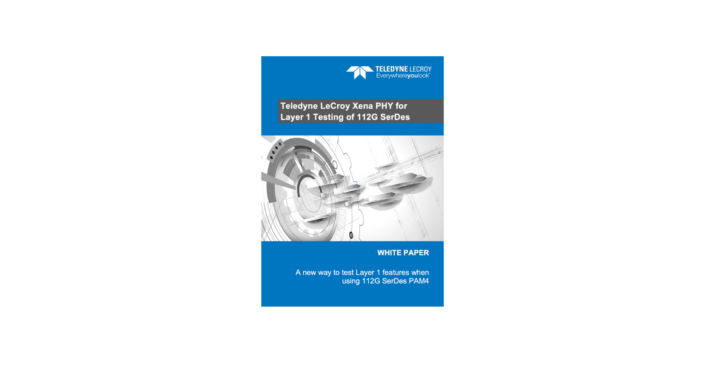
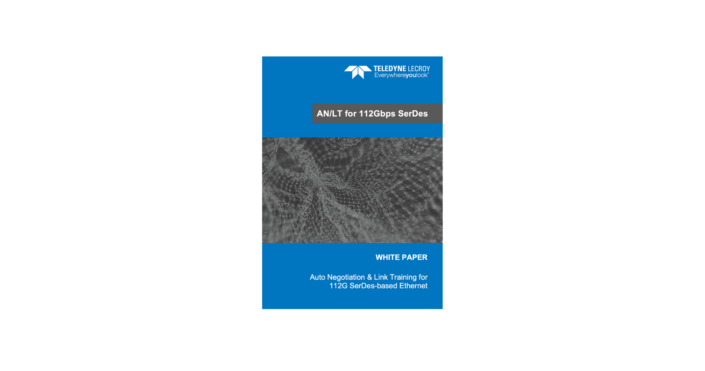
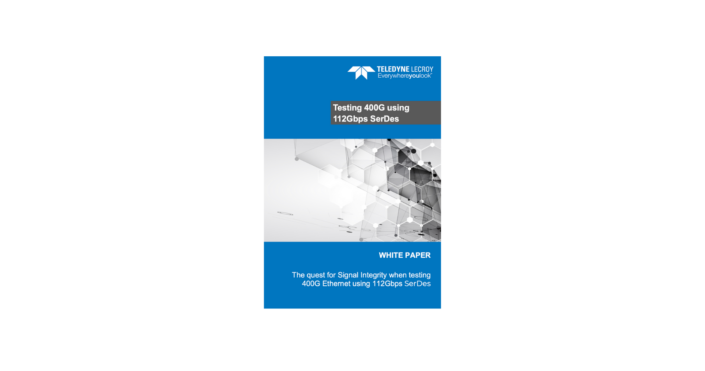
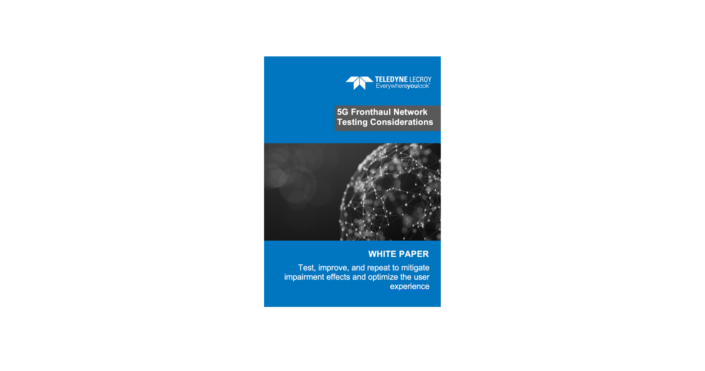
A Chinese switch manufacturer urgently needed a traffic generation and analysis solution to test the stability and performance of different switches in an EMC test environment. The challenge, however, was that their Devices Under Test (DUTs) were located in different labs in different buildings, and on different floors.
Looking for specific information? Like a quick guided demo? We'd love to hear from you!
Tell us what you need and we will put you in direct contact with the best qualified person to help you, whether it’s an engineer, a product manager or a sales representative.